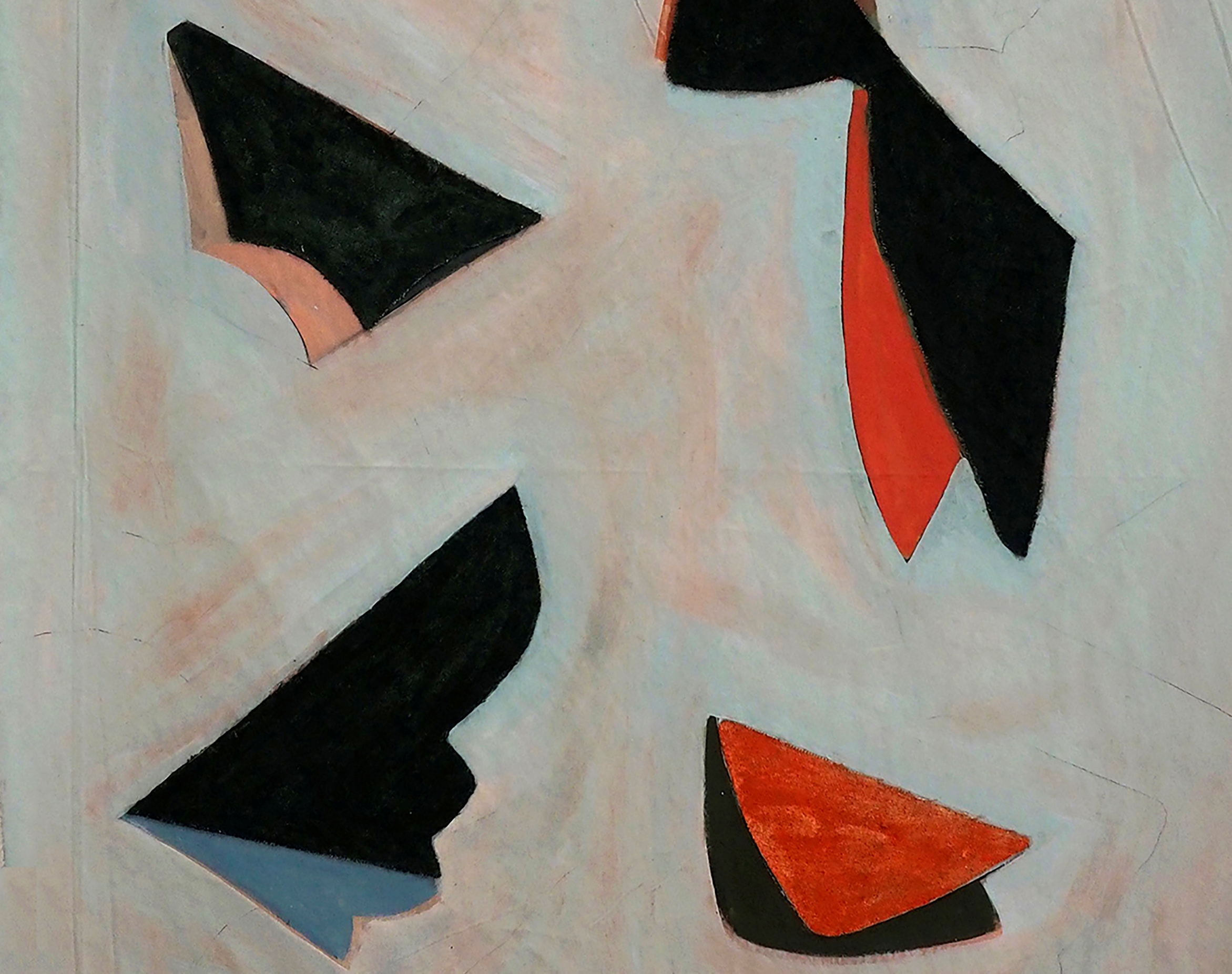
ABACÁ, AN EXHIBITION OF PAINTINGS BY POLISH ARTIST WIOLETTA KULEWSKA
“There is a connection and relationship between human, nature, urbanisation and industrialisation. Intimate and mystical coloured shapes in my paintings reflect on current environmental issues and our responsibilities to the natural world.”
Wioletta Kulewska
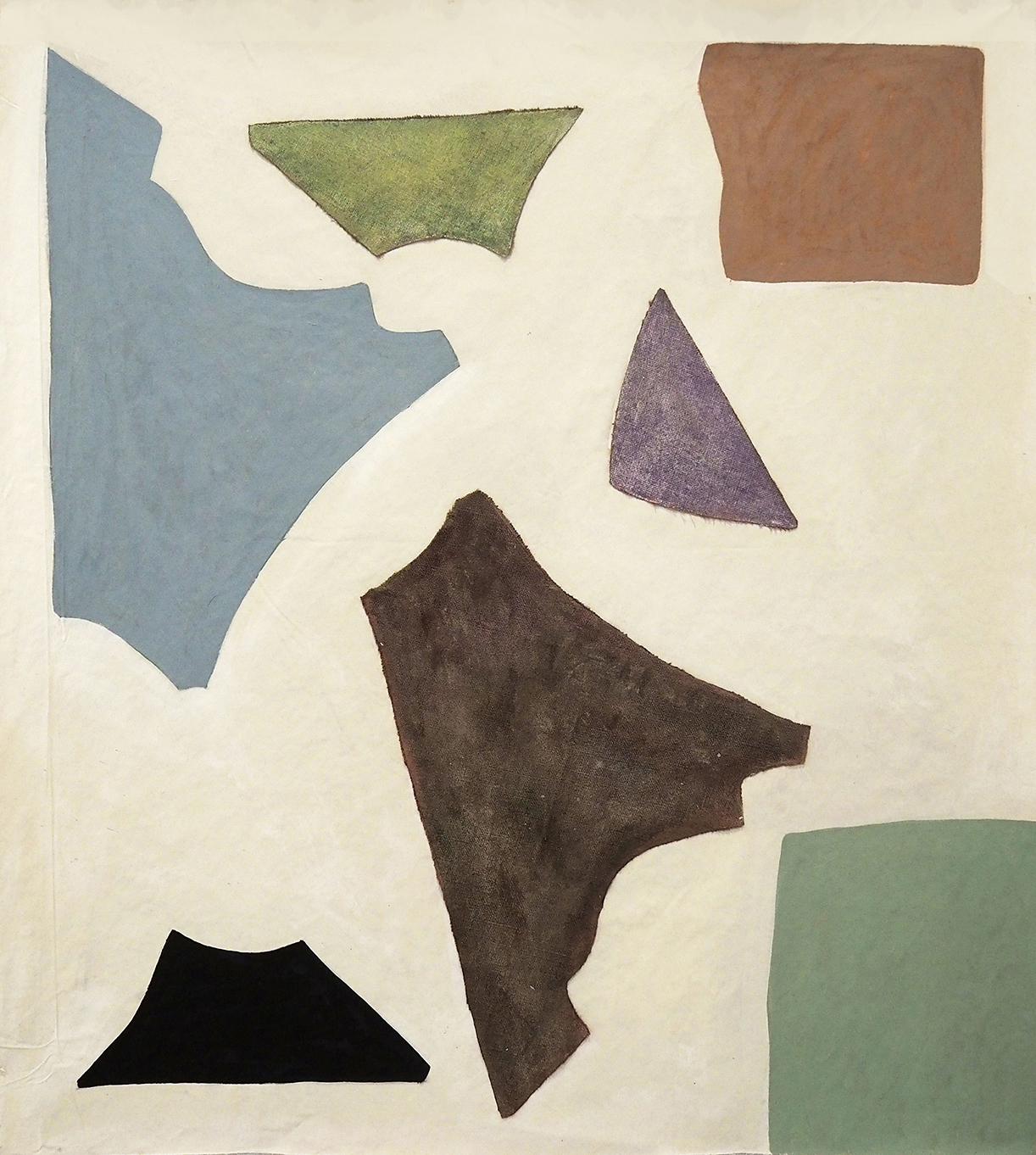
ABACÁ I, Oil paint & fabric cut outs on canvas, 160 x 140 cm
Courtesy: the artist
Eve Cocks: ABACÁ is your second solo painting exhibition in Malta.
Wioletta Kulewska: ABACÁ presents six new works which I created during a residency in the former industrial city of Barreiro, outside Lisbon, in spring 2019. My first painting exhibition Embedded – a collection of abstract, biomorphic paintings – happened last winter, at Palazzo de La Salle. Conceptually ABACÁ evolved from Embedded as they are both related to ideas of infinity. The ABACÁ paintings are intimately linked to the place of my residency, the Turps | PADA art residency.
EC: The title of the exhibition, ABACÁ, derives from the abacá plant. How do you relate this to your current work?
WK: The abacá plant originates from the Philippines, used in industry as a major source of high-quality fibre prior to the introduction of synthetic textiles. A material used in cordage, hatmaking, teabags, carpeting, clothing and furniture, abacá featured prominently in the city of Barreiro, the site of my residency, before it was phased out with the city’s deindustrialisation in the early 1970s.
ABACÁ, the title of the exhibition refers to contemporary environmental issues. I used pieces of broken glass found in nature and abacá cloth to create this new body of work. The ABACÁ paintings were created in PADA studio’s, which used to be a textile factory. There is a connection and relationship between human, nature, urbanisation, and industrialisation. Intimate and mystical coloured shapes in my paintings reflect on current environmental issues and our responsibilities to the natural world.
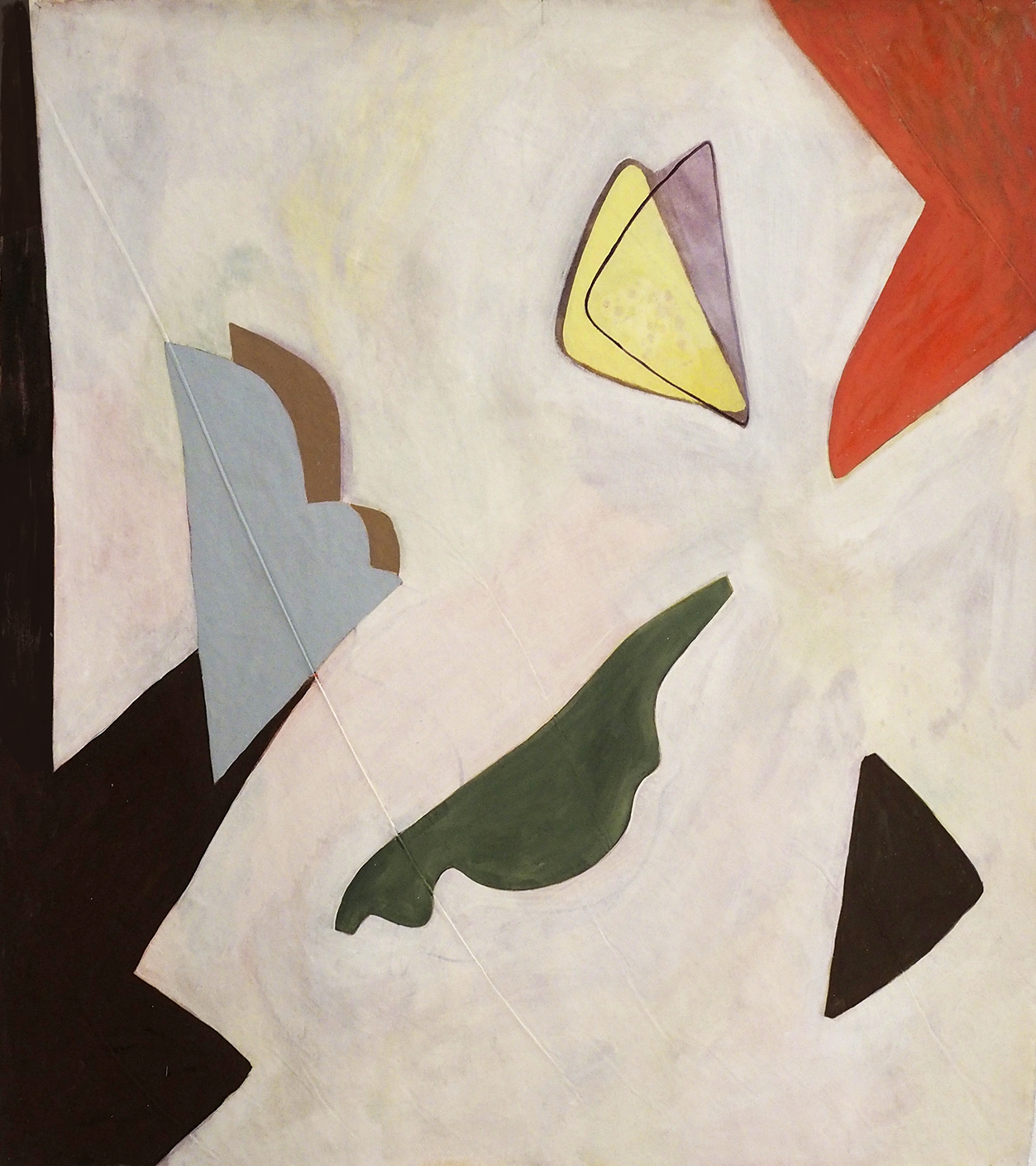
ABACÁ III, Oil on canvas, 160 x 140 cm
Courtesy: the artist
EC: You seem to find your inspiration through an intense engagement with nature and the everyday.
WK: Places, people, objects, colours, patterns, light, movement…‘things’ I have seen or experienced have always been my main source of inspiration. I’m also fascinated by the universe, the idea of infinity, and the great questions of human existence – birth, life and death. My observations inform my studies and guide me on a journey that leads to a never ending process of development through simplification and abstraction.
EC: What draws you to abstraction as a visual language of expression?
WK: Abstraction gives the viewer a sense of freedom of interpretation. In this way people can search for their own answers. So for me it is not important what the work represents but how the viewer relates to it. All six canvases present gently geometric forms set against a subdued background. The shapes seem to float in an ‘infinite’ space, reminiscent of the Russian Suprematist painters, the art movement founded by Kazimir Malevich, who frequently used “the white” to represent a state of transcendence. The subdued colour and the curious shapes in my work seem more feminine, as opposed to the more masculine shapes in Malevich’s paintings.
EC: Can you tell us more about your practice.
WK: Although mainly painting-focused, I employ a broad range of materials like print reliefs, found objects and paper cut-outs. I often experiment by layering oil paint with different materials on the canvas. The ABACÁ paintings represent a playful dialogue between forms, textures, and colours. The colour palette was inspired from the Barreiro landscape and its surroundings. I did a lot of colour studies before I found the right colour palette. I believe that my design roots bring emphasis to the pleasure of form, shape, and colour in paint. I still love traditional painting techniques, for example painting from observation. I often use this as a starting point in my work.
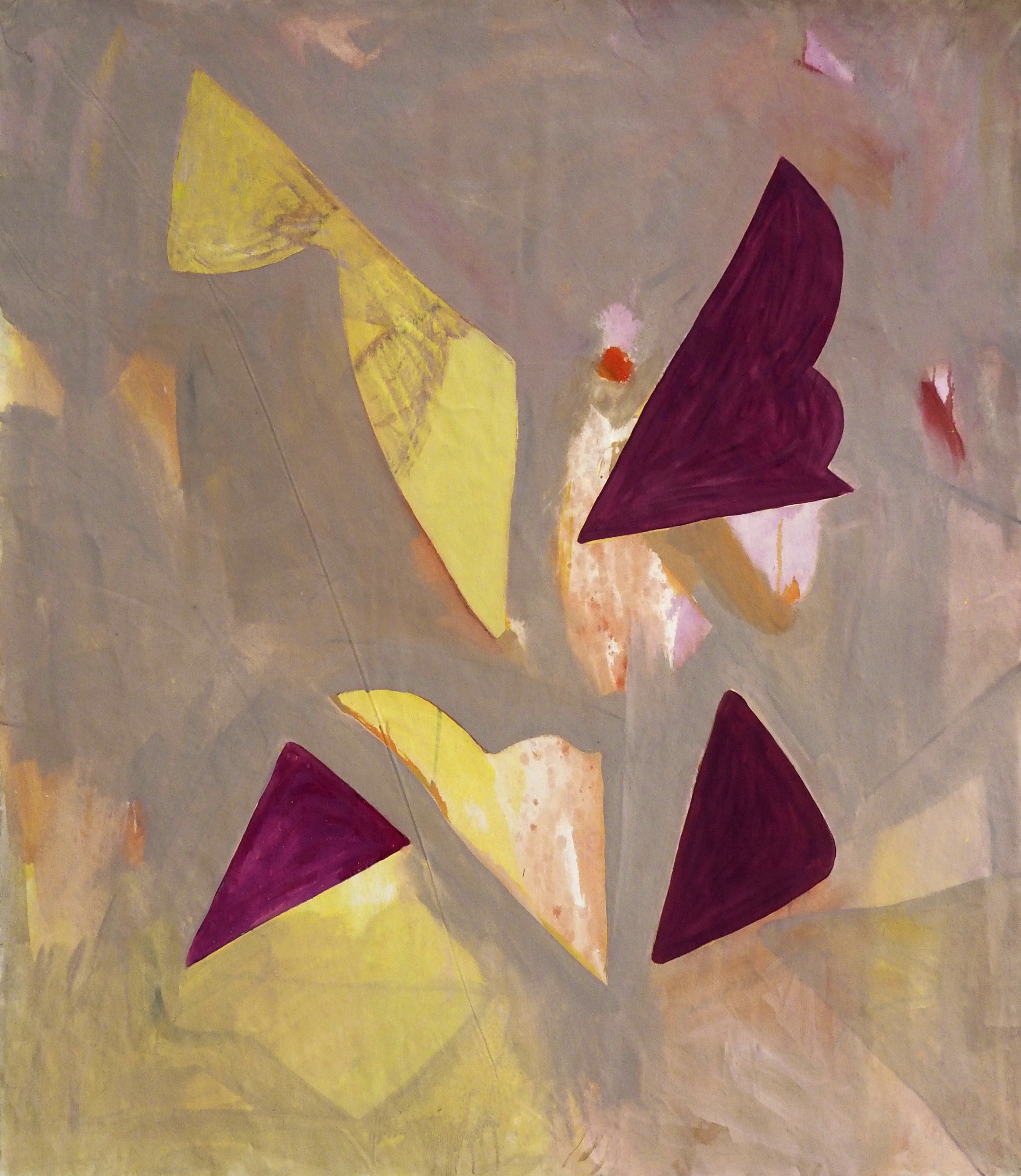
ABACÁ V, Oil on canvas, 160 x 140 cm
Courtesy: the artist
EC: The exhibited works are presented hanging on un-stretched cotton canvas. Can you explain the idea of the frame or framing in your work?
WK: I wanted my work to feel like it is floating in the air and not be defined or enclosed in a frame. I started looking into the idea of a ‘free’, unframed and un-stretched canvas a couple of years ago. By not stretching the canvas, the painting hangs by its own weight with a certain freedom. It is not confined within a frame that is a more traditional way of presentation.
EC: You often refer to yourself as a traditional and technically schooled painter.
WK: I studied art and design at the High school of Arts in Opole, as well as at The Eugeniusz Geppert Academy of Art and Design in Wroclaw, Poland. I spent many years in Polish art schools. Over the years I have learned different painting methods and techniques. The monotony of traditional art education encouraged me to search for new forms of painting. I took part in the Slade’s educational residency in contemporary painting last year and in spring 2019, I participated in the Turps | PADA art residency in Lisbon, Portugal.
EC: Tell us more about your experience in Turps | PADA art residency.
WK: It was an incredible experience on a personal and professional level. I had an opportunity to work in a large studio space, among other painters. It’s important for an artist to grow and develop their practice through similar projects or residencies. The collaborative environment of the studio and the communal aspects of the residencies help foster dialogue and exchange of ideas.
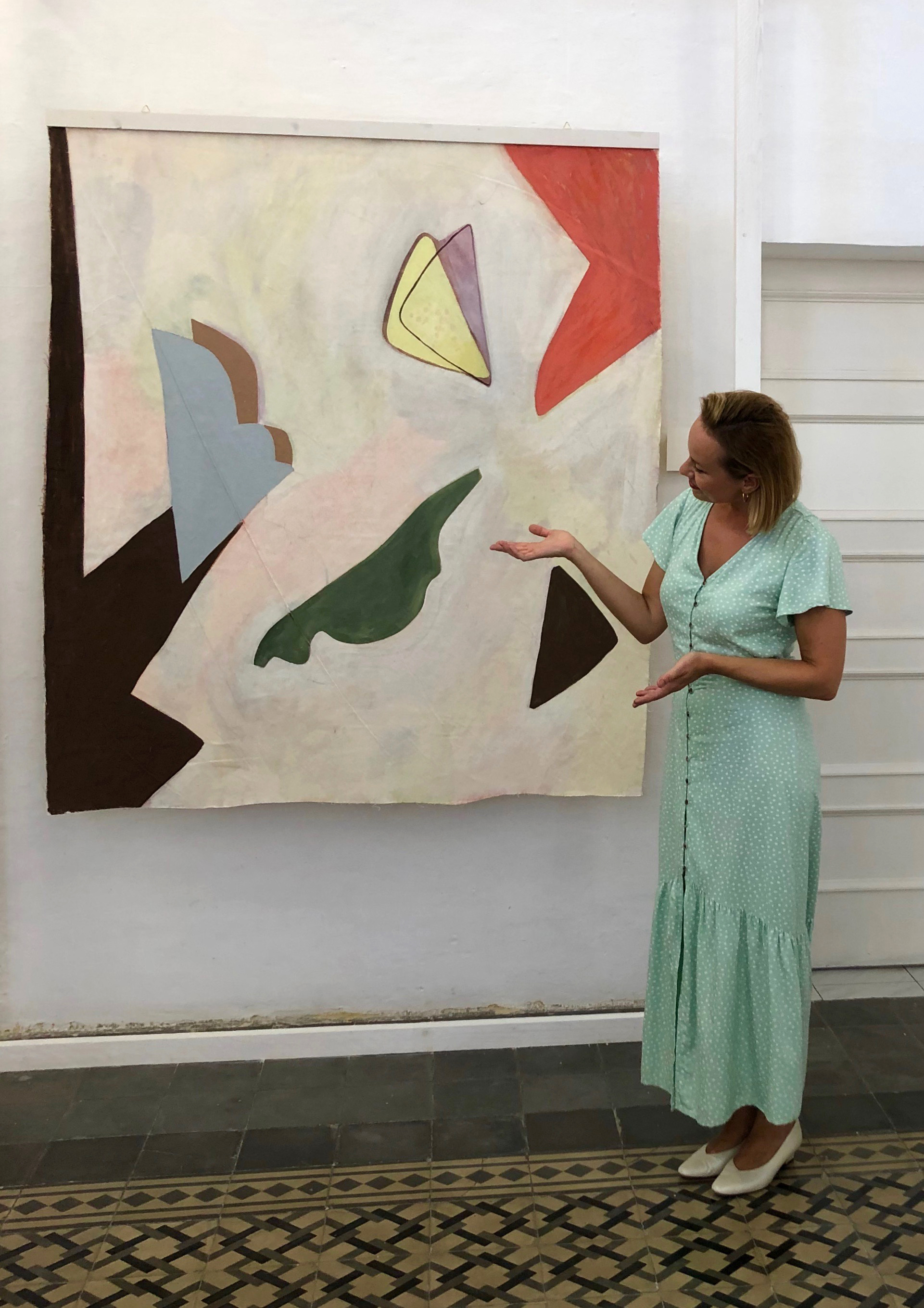
ABACÁ is being held at the Malta School of Arts in Valletta until the 26th of July. Viewing times: Monday to Friday, 8:00am – 12:30pm. You can meet the artist on the 26th of July from 6:00pm to 8:00pm. Find out more about Wioletta Kulewska here wiolettakulewska.com
FEATURED IMAGE: Detail from ABACÁ IV (Oil paint on canvas). Courtesy: the artist.
